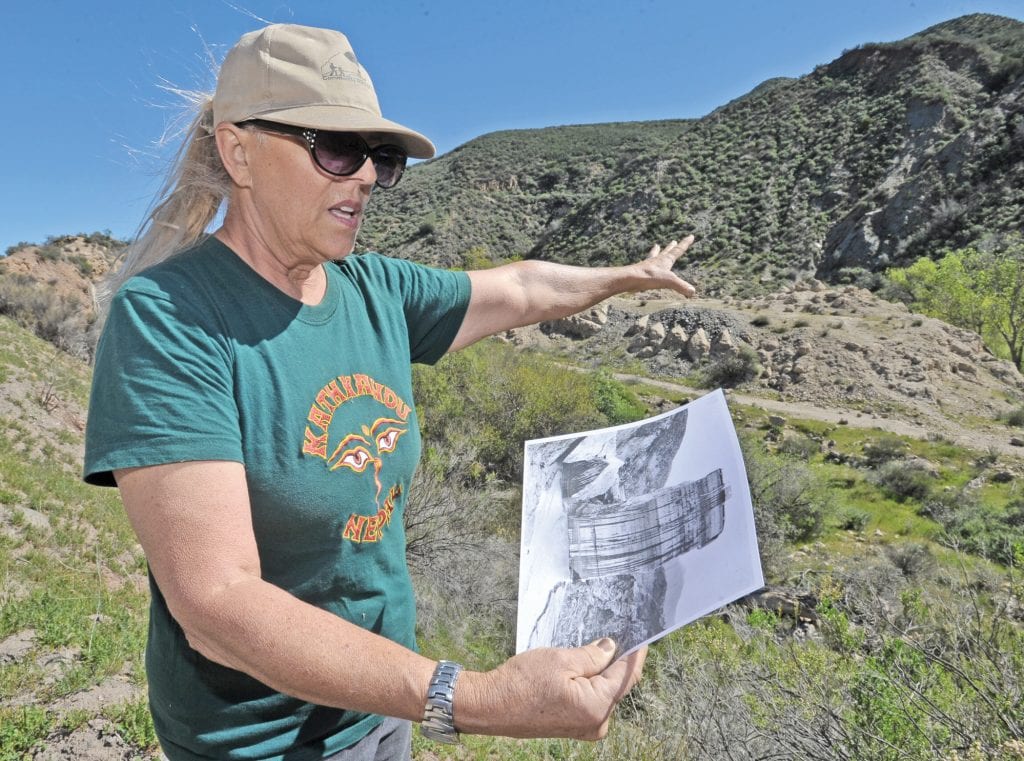Almost 90 years ago, on March 12, 1928, the St. Francis Dam ruptured, sending a 180-foot-tall tower of water hurtling down San Francisquito Canyon in Saugus, Los Angeles County. The floodwaters killed more than 431 people and destroyed homes and property, causing millions of dollars in damage.
The dam’s failure is widely regarded as the nation’s worst civil engineering disaster and California’s second worst disaster in terms of loss of life. It brought about a new era of engineering oversight and methods for dam building across the nation.
We are thankful that Congressman Steve Knight, Congresswoman Julia Brownley, Sen. Kamala Harris and Sen. Dianne Feinstein have introduced legislation to create a national memorial to honor the disaster victims and tell the story of how the dam’s failure led to improved engineering safety and accountability.
The legislation unanimously passed the House of Representatives this past summer and was introduced into the U.S. Senate earlier this month.
William Mullholland, the controversial L.A. Department of Water and Power chief engineer, designed the St. Francis Dam as a water supply for the city of Los Angeles.
The dam was built after renegade Owens Valley ranchers sabotaged the aqueduct that brought water originating high in the Sierra Nevada Mountains to the Los Angeles Basin.
The area surrounding the dam site is historical Tataviam Native American territory, and it is important to remember that Native Americans and farmworkers were among those who perished as the floodwaters roared down San Francisquito Canyon toward the Pacific Ocean.
Southern California Edison work crews, as well as the communities of Castaic Junction, Piru, Fillmore, Bardsdale, Saticoy, Santa Paula and what was to become Santa Clarita were also in the path of destruction.
The site of the St. Francis Dam deserves protection as a national memorial because of its historical significance and the importance of recognizing those who lost their lives in the disaster. Over the years, irreplaceable artifacts within its flood plain have been looted and graffiti and vandalism has occurred on the historical ruins of the dam and the canyon walls.
Family members of the victims currently have nowhere to go to remember their loved ones, and more than 150 graves do not have headstones.
The creation of a new national memorial will honor those who lost their lives during the St. Francis Dam disaster. It will also tell a compelling story of how the dam’s failure fundamentally changed the amount of oversight guiding the construction of dams in the United States.
In the years following the dam’s rupture, Congress created the Colorado River Board to review plans of the proposed Hoover Dam. In California, legislation was passed that gave the State Engineer the authority to review all non-federal dams within California.
The memorial legislation enjoys broad-based support, which includes the American Society of Civil Engineers, Association of State Dam Safety Officials, the city of Santa Clarita, the Santa Clarita Valley Historical Society, the St. Francis Archeological Group, Southern California Edison, the Los Angeles Department of Water and Power, Nature for All, Amigos de los Rios, thousands of local stakeholders and many different conservation and recreation organizations.
Thanks to Reps. Knight and Brownley and Sens. Harris and Feinstein, this important piece of California history soon may be protected, and the stories and lessons from the dam failure will be told in perpetuity, as we approach the 90th anniversary of the disaster in 2018.
Lori Cannon Spragens is the executive director of the Association of State Dam Safety Officials. Rudy Ortega Jr. is the chairman of the Los Angeles City/County Native American Indian Commission and a Fernandeno Tataviam Tribe member. Laurene Weste is mayor of the city of Santa Clarita.











